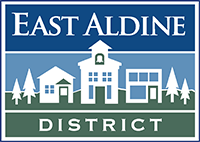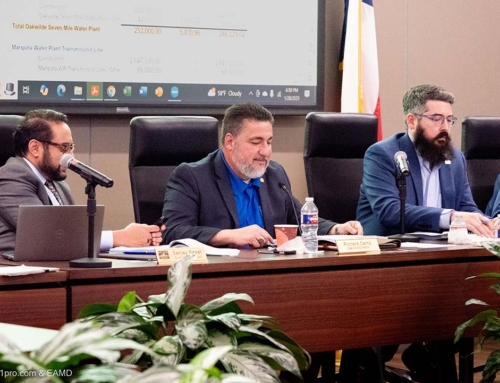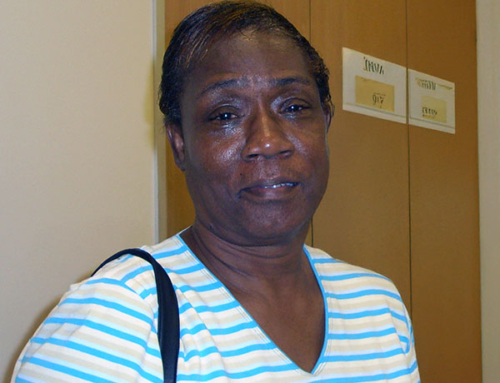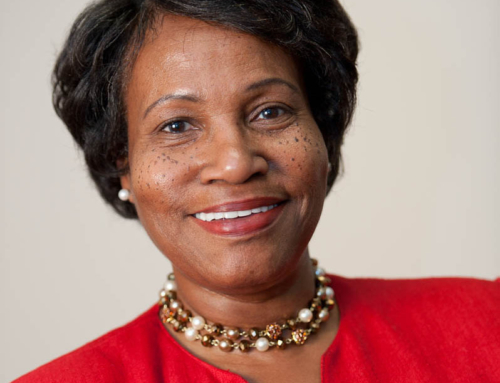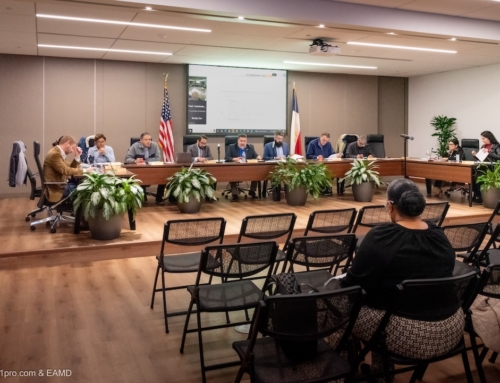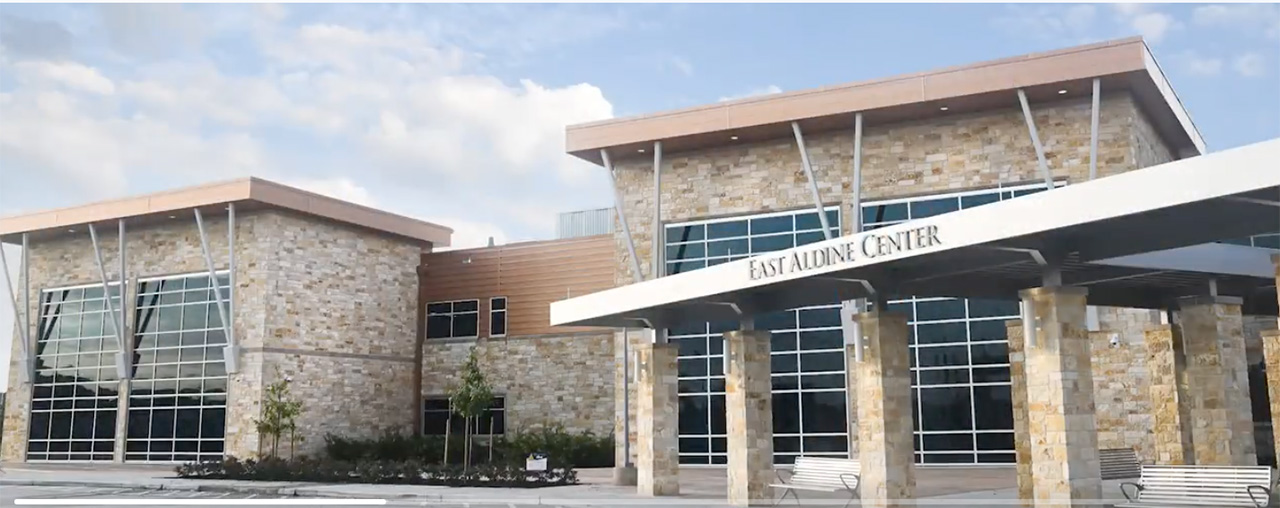
The new federal program aimed at relieving some college tuition education debts for an estimated 43 million students could help thousands of Harris County students, including many enrolled at Lone Star College’s East Aldine campus.
President Joe Biden recently announced details of a student debt relief plan designed to reduce the debt obligations of students from middle- and low-income families.
Among elected officials, educators and college graduates who have already paid off their loans, opinions about the loan forgiveness plan are divided.
 Stephen C. Head, Lone Star Community College system chancellor, said officials there are still waiting for more details from the US Department of Education.
Stephen C. Head, Lone Star Community College system chancellor, said officials there are still waiting for more details from the US Department of Education.
Head said about 6,000 Lone Star students carry college loan debts. Projected over the last 10 years, he said, about 60,000 past or present Lone Star students might qualify for student loan forgiveness.
Lone Star, which has about 75,000 students taking classes for academic credit and another 10,000 enrollees, has some of the lowest tuition rates in the country, “Certainly in the state of Texas,” Head said.
The Lone Star system includes seven comprehensive campuses, an online college and 10 centers in Harris County.
About Biden’s plan, “The question we’re getting from various sources is whether the president has the legal authority to do this,” Head said. “ . . . Does he have the authority to approve it, or does it need to go before Congress? We’ve already been told that it could end up before the courts.”
Head, who holds bachelor’s, master’s and doctorate degrees in history, remarked: “The problem in this country right now is that everything breaks down into partisan politics. And the two sides are not talking to each other. It just didn’t used to be that way.”
He said many college leaders see a need for some relief from student loan debt. But how much?
“Our basic feeling about this, especially people from Texas, are in favor of loan forgiveness if you’re taking a job or you’re already employed in public service. For example, the military, or in the medical field, or teaching. Anything in public service for a certain number of years should be a way to get credit for college debt,” Head said.
Although college officials are still waiting for more information about the loan program, Head said many students are ready to get started on their application for relief. Those students should go online to https://studentaid.gov/
The targeted debt relief program outlined by Biden applies to people with incomes of less than $125,00 (or $250,000 for a married couple). It includes:
- Up to $20,000 in debt cancellation for Pell grant recipients with loans held by the US Department of Education, and up to $10,000 in debt cancellation for non-Pell grant recipients.
- Cutting monthly payments on undergraduate education loans to 5 percent of a borrower’s discretionary income.
- Continuing the “pause” on loan repayments that was started during the Covid 19 pandemic, until Dec. 31, 2023.
The program also calls for the federal agency to reform the Public Service loan forgiveness program with new rules on appropriate rates for loan forgiveness for borrowers who work after graduation for a non-profit organization, in the military, or for a state, tribal or local government.
The typical college student graduates with nearly $25,000 in debt.
In the last decade, the cost to attend the University of Texas at Austin has jumped more than 21 percent. In 2012, an undergraduate resident student spent a total of $48,730 on tuition, fees, books and living expenses. Now the total is more than $59,000.
About 21 percent of people with college loan debts are under age 25; with 44 percent between the ages of 26 to 39, and another 30 percent are over age 40, including 5 percent who are senior citizens, according to the federal government.
The plan also provides that government debt relief would not be considered taxable income.
— By Anne Marie Kilday
